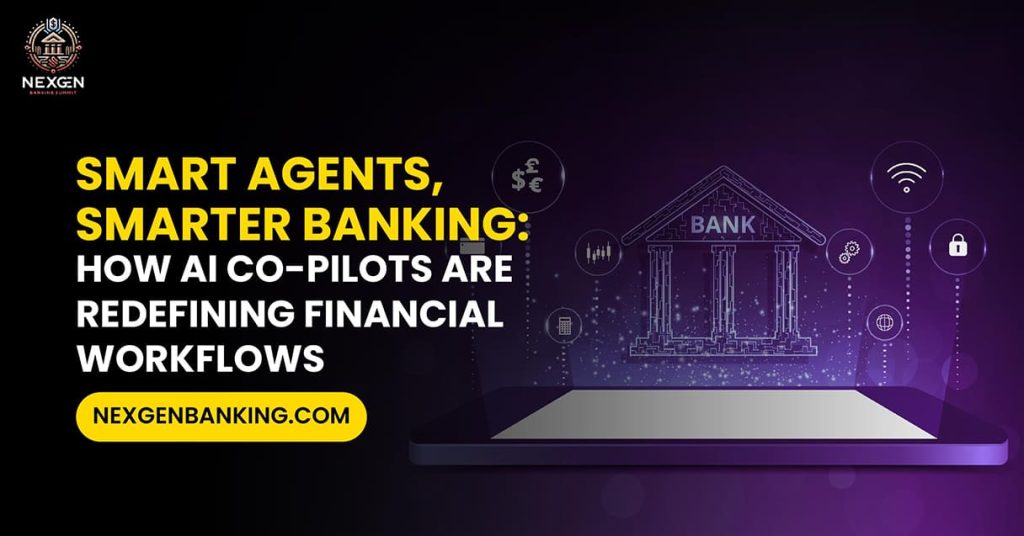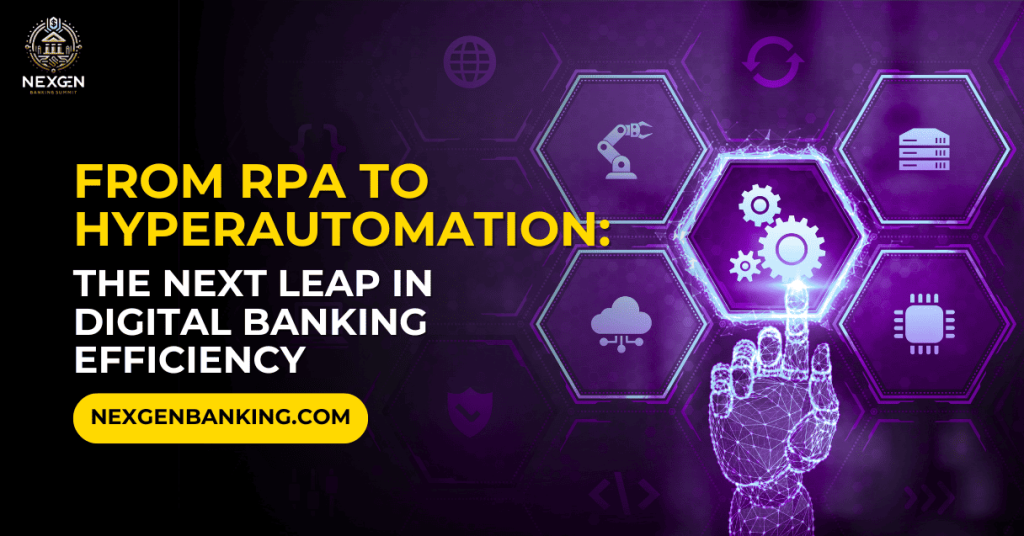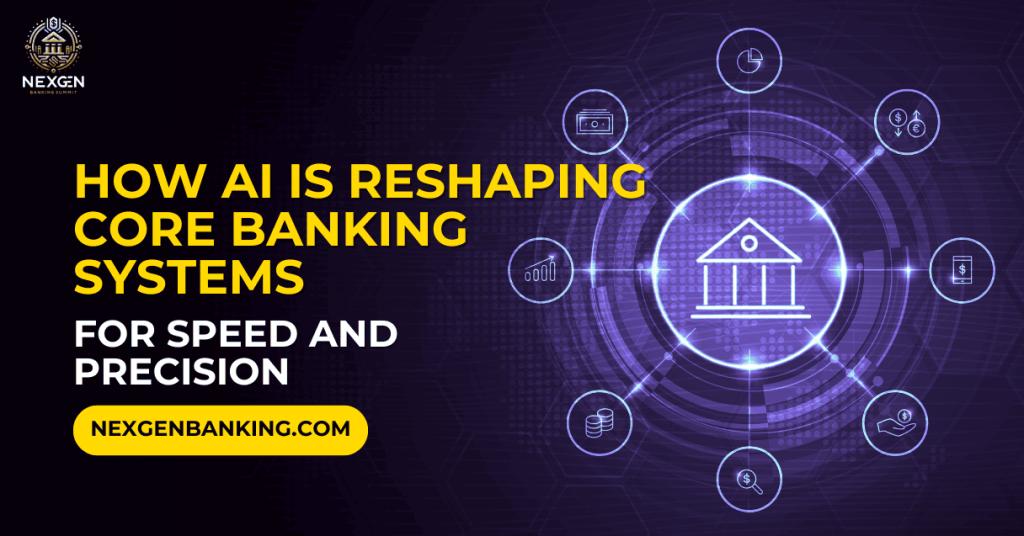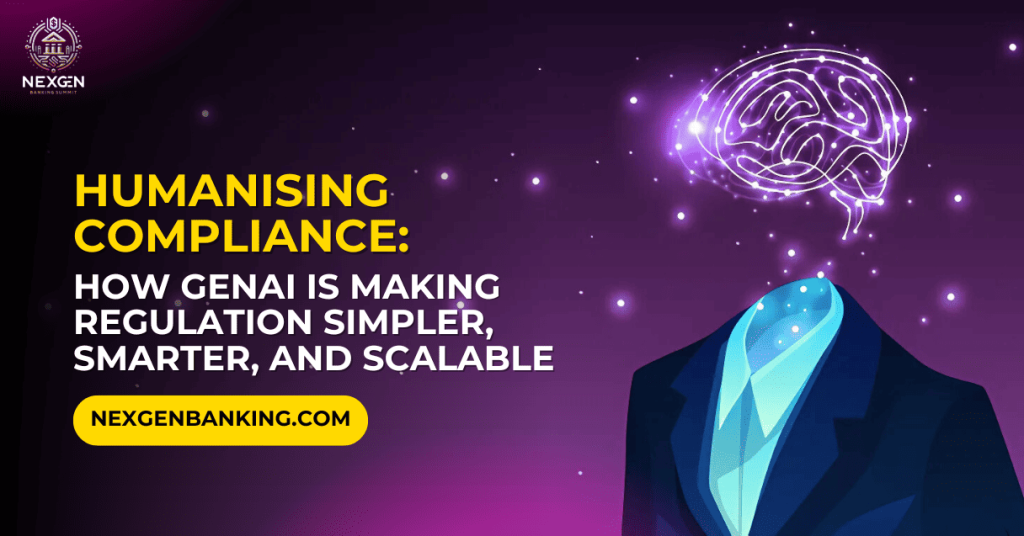
The $10B Opportunity: Why Tech Vendors Are Racing to Sell Into European Banks
The European banking market is at a turning point — and for technology vendors, the opportunity is massive.
With digital transformation budgets exceeding $10 billion annually across UK and EU banks, financial institutions are investing urgently in next-generation tools to modernise their operations, enhance the customer experience, and meet regulatory demands. For software providers in AI, CX, cybersecurity, RegTech, and core infrastructure, 2025 isn’t just another sales year — it’s a breakout moment.
And the smartest vendors aren’t waiting for leads — they’re meeting decision-makers face-to-face at events like the NexGen Banking Summit.
Why the Timing Is Perfect
European banks are under intense pressure to:
- Modernise legacy tech and move to cloud-native platforms
- Embed AI across workflows for faster, cheaper decision-making
- Prevent fraud and identity theft amid rising synthetic threats
- Comply with new regulations like the EU’s AI Act and DORA
- Win back customer trust through hyper-personalised CX
In response, institutions have increased tech budgets year-over-year, prioritising solutions that support:
- Digital onboarding and eKYC
- AI copilots and automation
- Real-time risk analytics
- ESG reporting tools
- Payments modernization
- Embedded finance and API management
What Vendors Are Selling — and What Banks Are Buying
Bank Priorities in 2025 | Solutions Vendors Can Offer |
Faster AI deployment | LLM platforms, vector DBs, GenAI copilots |
Regulatory readiness (AI Act, DORA) | RegTech tools, risk engines, audit trail platforms |
CX across channels | Chatbots, NLP agents, multilingual voice assistants |
Smarter fraud prevention | AI-based identity verification and fraud detection |
Cloud-native infrastructure | Modular core banking systems, API-first platforms |
The message is clear: Banks have money to spend, but they want proven, demo-ready solutions.
Why the NextGen Banking Summit Matters for Sponsors
It’s not just about visibility — it’s about access.
At the NexGen Banking Summit 2025 (London, Oct 15–16 & New York, Nov 18), sponsors get direct, curated meetings with:
- CIOs, CTOs, and Heads of Digital from Tier 1 banks
- Budget owners actively scouting vendors
- Leaders from compliance, fraud, innovation, and CX teams
- Influential media, analysts, and regulators
You’ll also benefit from:
- Thought leadership visibility via speaking slots and panels
- Lead generation via pre-booked 1:1 buyer meetings
- Brand authority through booth exposure and media promotion
- Real-time feedback on your product positioning and messaging
If you’re a software vendor targeting banking in 2025, this is the room you need to be in.
Final Thought: Don’t Chase. Be Found.
Digital banking is evolving rapidly, and banks are poised to make significant investments.
But instead of chasing down meetings and sending cold emails to buyers, why not let them come to you?
If your company offers solutions in:
- GenAI
- Compliance
- CX
- fraud detection
- infrastructure, or open banking
Let’s talk about showcasing your platform at the NexGen Banking Summit.
Join Us
London | October 15–16, 2025
New York | November 18, 2025



















